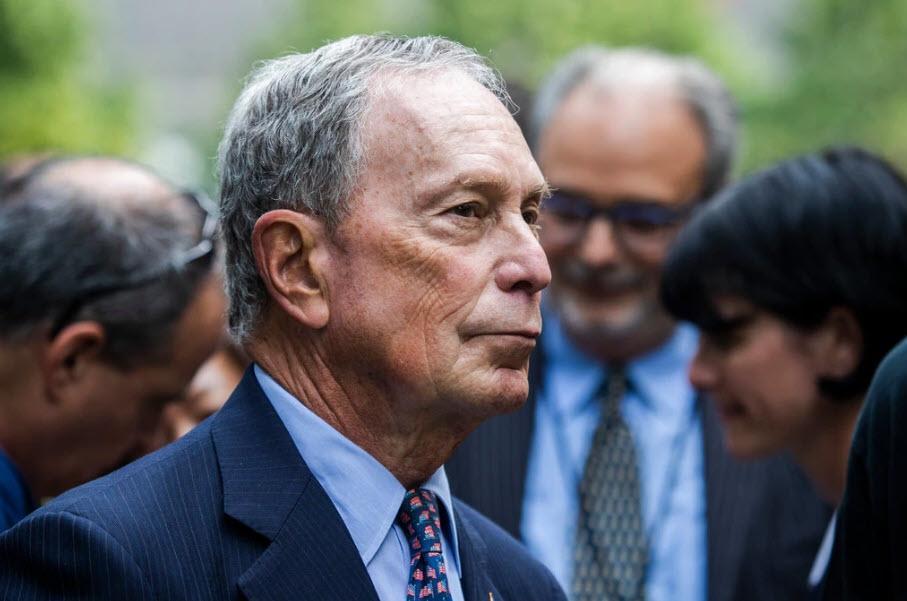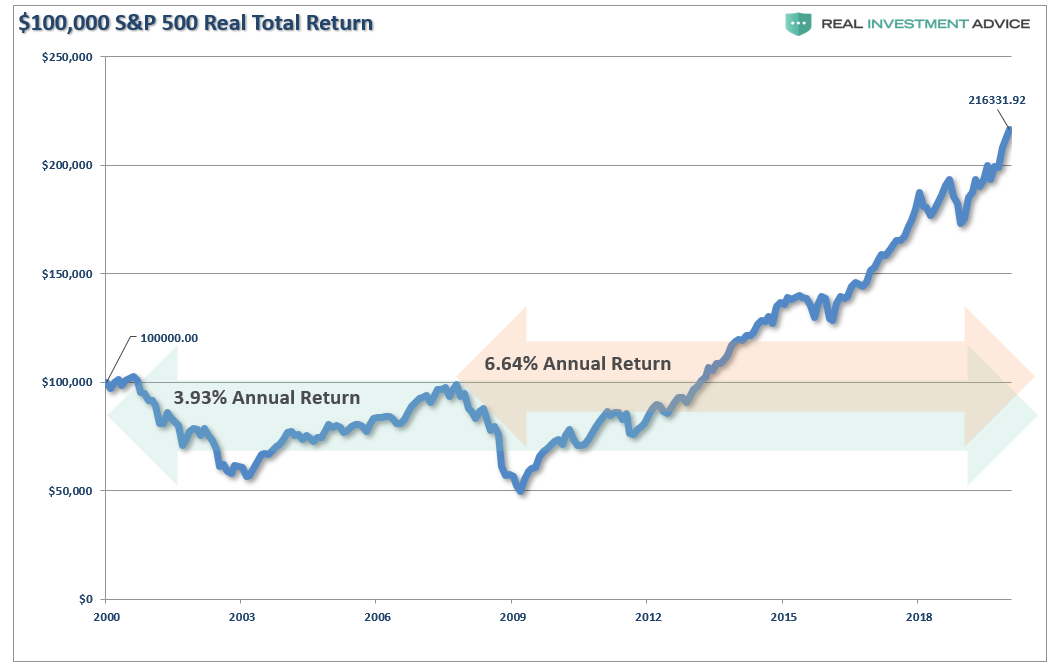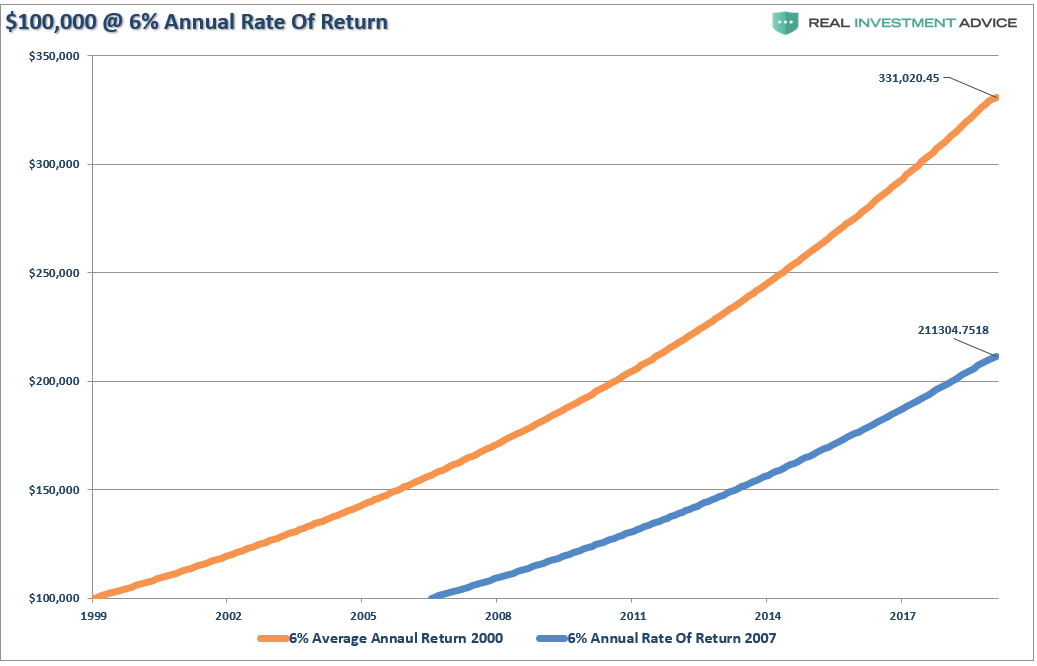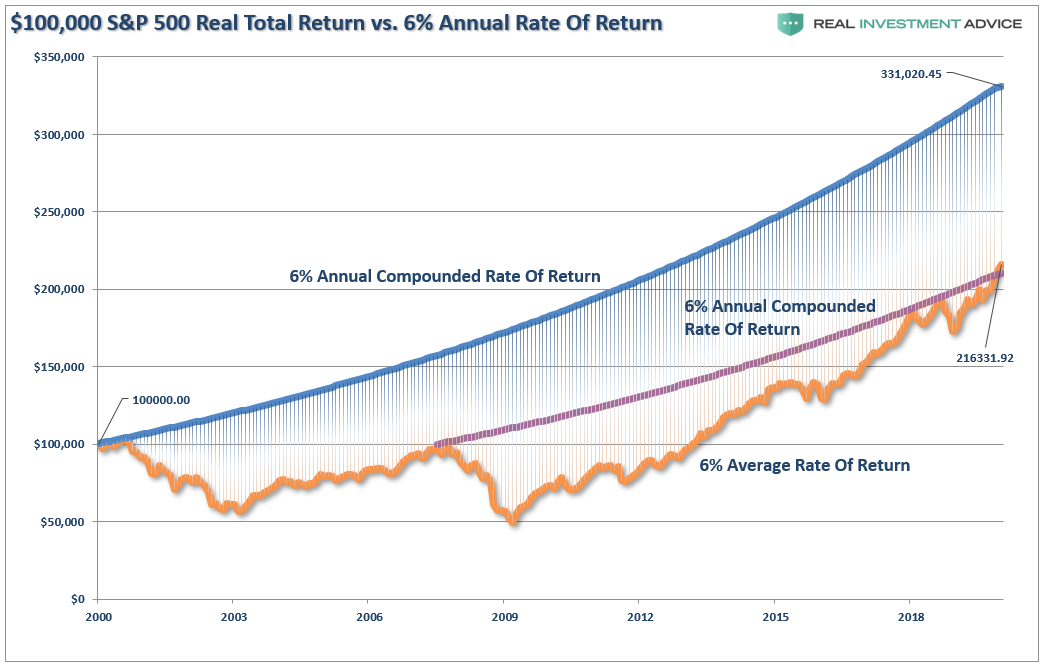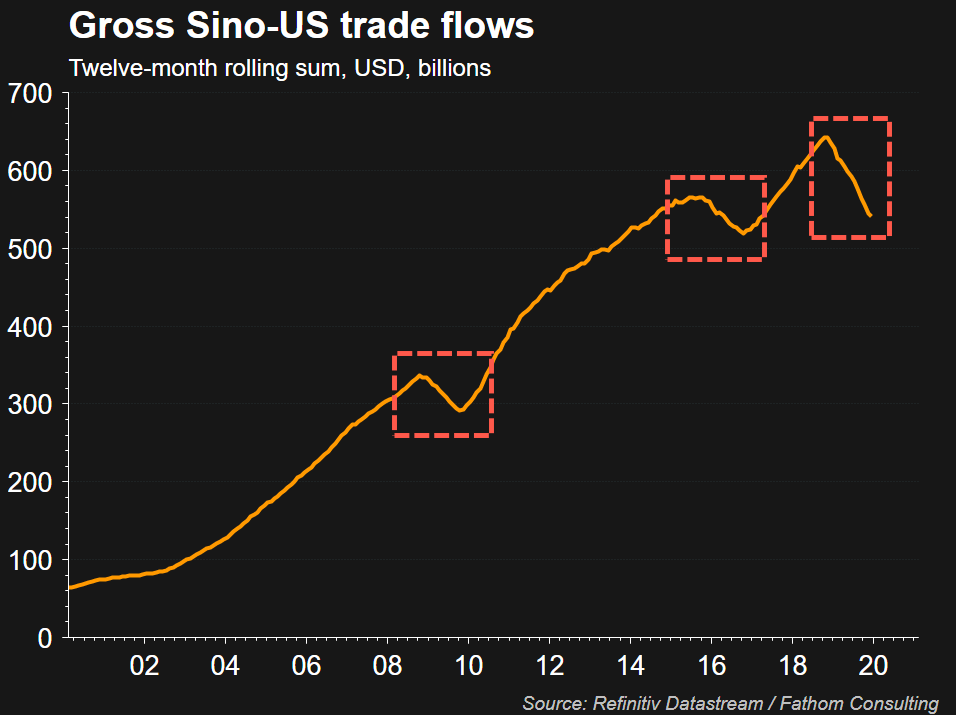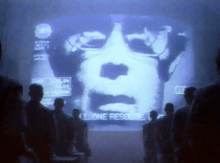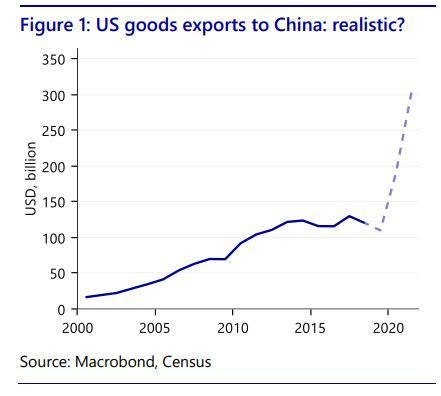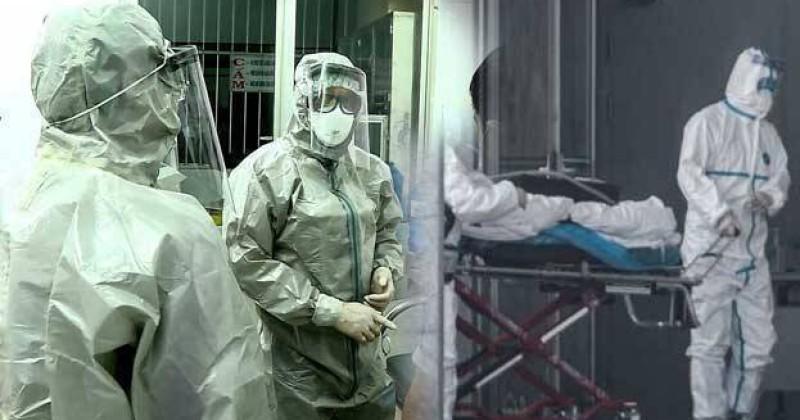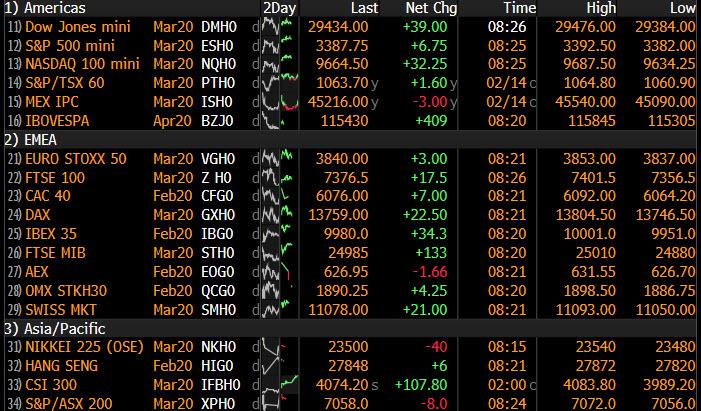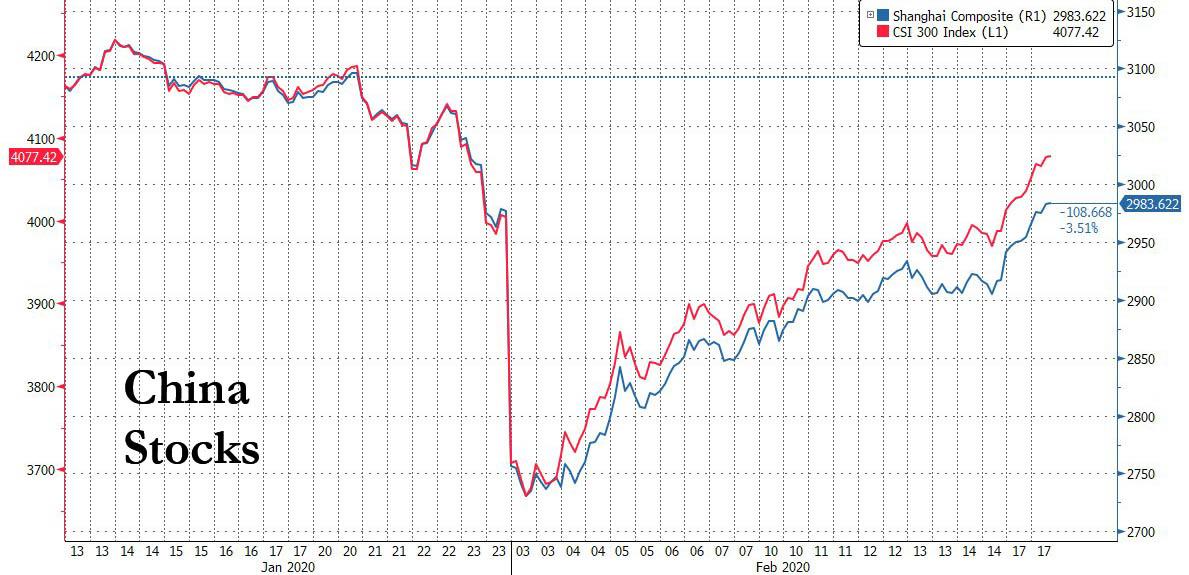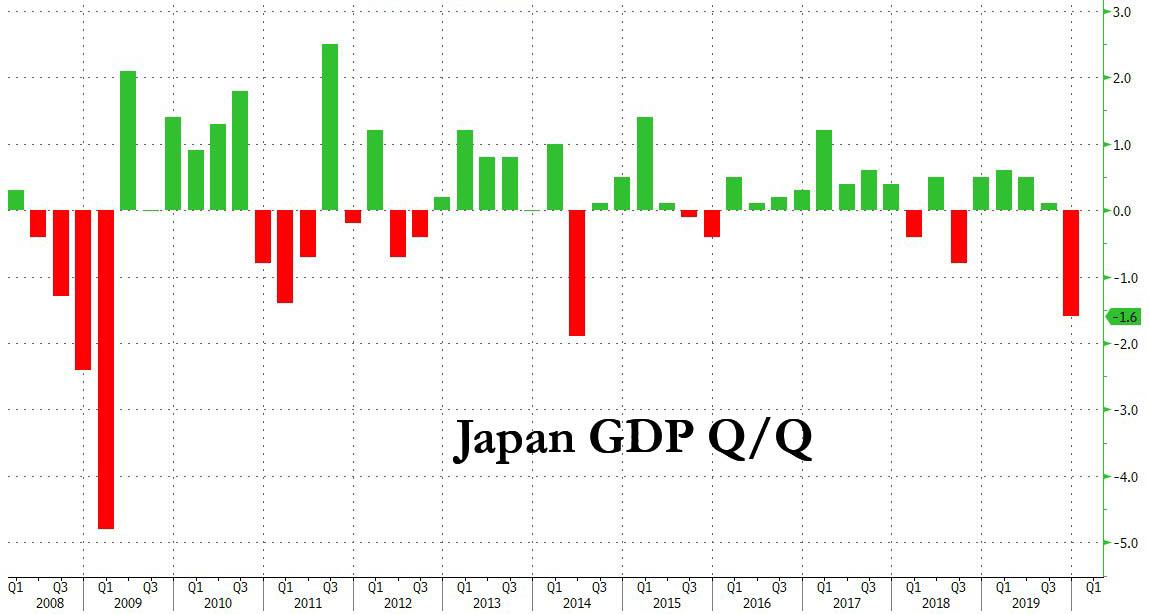“More Than A Disgrace” – The WHO’s “Industrially-Necessary” Doctor Tedros Should Go!
Authored by Ben Hunt via EpsilonTheory.com,
The World Health Organisation will lead a mission to China this weekend to start investigating the COVID-19 outbreak.
Sky News, FEBRUARY 15, 2020
“start investigating” … AYFKM?
There’s this pleasing mythology out there that the World Health Organization is like some international version of the Center for Disease Control, that it’s staffed by scientists and doctors flying all over the world and racing against the clock to battle infectious diseases and – against all odds – find The Cure.
I mean, that’s an actual subplot of Contagion, where an intrepid WHO scientist tracks down the disease origin in Hong Kong, goes to the remote Chinese village where all of the children are sick (the children!), is taken prisoner, and works heroically (if ultimately unsuccessfully) to get vaccines to the children (the children!).
This is a crock.
The World Health Organization is a political organization, bought and paid for by its sponsor countries (China foremost among them), with a single, dominant mandate: maintain the party line.
Literally.
The truth is that WHO has done nothing more than parrot the official Chinese Communist Party line since the day the world learned of COVID-19.
The truth is that only now – TWO MONTHS INTO THE EPIDEMIC – is WHO sending a “team” to “start investigating” the virus.
To be sure, WHO’s Director General, Dr. Tedros, has been to China several times since the disease broke out, glad-handing (again, literally) President Xi and all the other CCP mandarins.
So … I’m not going to get into the way China lobbied and pressured the UN to get Dr. Tedros appointed as WHO Director General, succeeding their hand-picked (again, literally) Director General, Margaret Chan, despite credible accusations that Tedros had covered up cholera outbreaks in his home country of Ethiopia. If you want to get into that, you can read this New York Times article: Candidate to Lead the W.H.O. Accused of Covering Up Epidemics.
And … I’m not going to get into the way Dr. Tedros appointed freakin’ Robert Mugabe as a Good-Will Ambassador for the World Health Organization, a toady move that was greeted by healthcare professionals (and anyone with a soul) as “a sick joke”. If you want to get into that, you can read this New York Times article: After Making Mugabe a ‘Good-Will Ambassador,’ W.H.O. Chief Is ‘Rethinking’ It.
No, no … I’m just going to highlight what Dr. Tedros said at the WHO Executive Board meeting in Geneva on February 4, a week after meeting with Xi in Beijing and a few days after senior Chinese diplomats started talking about the “racism” inherent in other countries stopping flights to China and denying visas to people with Chinese passports issued in Hubei province.
Tedros said there was no need for measures that “unnecessarily interfere with international travel and trade,” and he specifically said that stopping flights and restricting Chinese travel abroad was “counter-productive” to fighting the global spread of the virus.
This is the Director General of the World Health Organization. On February 4th.
“We call on all countries to implement decisions that are evidence-based and consistent,” said Tedros. Roger that.
There’s just one problem.
The “evidence” here – taken without adjustment or question from the CCP – was a baldfaced lie.
And everyone at WHO knew it.
How do I know that everyone at WHO knew that the official Chinese numbers were a crock on Feb. 4?
Because WHO-sponsored doctors in Hong Kong published independent studies on Jan. 31 showing that the official Chinese numbers were a crock.
https://www.thelancet.com/journals/lancet/article/PIIS0140-6736(20)30260-9/fulltext
Money quotes:
In our baseline scenario, we estimated that the basic reproductive number for 2019-nCoV was 2.68 (95% CrI 2.47–2.86) and that 75,815 individuals (95% CrI 37,304–130,330) have been infected in Wuhan as of Jan 25, 2020.
If the transmissibility of 2019-nCoV were similar everywhere domestically and over time, we inferred that epidemics are already growing exponentially in multiple major cities of China with a lag time behind the Wuhan outbreak of about 1–2 weeks.
I’ve attached a PDF of the full report here: Lancet nCov2019 Model.
This is what it looks like when the narrative tail of personal and professional corruption (must support my Chinese benefactors!) wags the public policy dog (sure, I’ll recommend that flights and visas should continue, based on evidence I know is false!).
Will this disease spread farther and faster … will more people DIE … because WHO Director General Tedros recommended as best practice on February 4th that flights and visa issuance in and out of China continue without significant disruption?
Yes. I think so.
And yet … and yet … we are told that the REAL DANGER for public health is questioning the official Chinese line and these Stepin Fetchit policy recommendations of Dr. Tedros.
Here’s what Tedros wrote in a South China Morning Post op-ed piece THREE DAYS AGO:
In addition, a wider strategy is needed to debunk pseudoscience and strengthen trust in everything from vaccination to public institutions. Misinformation thrives where trust in the authorities is weak.
In a fast-evolving disease outbreak, there is a fine line between the deliberate spread of misinformation and the well-intentioned but potentially still damaging redistribution of false claims.
And here’s a Reuters article, also from three days ago:
The rise of “fake news” – including misinformation and inaccurate advice on social media – could make disease outbreaks such as the COVID-19 coronavirus epidemic currently spreading in China worse, according to research published on Friday.
In an analysis of how the spread of misinformation affects the spread of disease, scientists at Britain’s East Anglia University (UEA) said any successful efforts to stop people sharing fake news could help save lives.
And what is this “fake news”?
Fake news is now defined as anything that disputes WHO data, which means that fake news is now defined as anything that disputes the official China party line.
Why did China spend so much money to buy off the World Health Organization? This:
The World Health Organization is working with Google to ensure that people get facts from WHO first when they search for information about the new virus that recently emerged in China.
Since the outbreak began, a number of misleading claims and hoaxes about the virus have circulated online. They include false conspiracy theories that the virus was created in a lab and that vaccines have already been manufactured, exaggerations about the number of sick and dead, and claims about bogus cures.
Associated Press, Feb. 3, 2020
It’s not just Google. It’s also TenCent. It’s also Facebook. It’s also Twitter.
And no, you’re not misreading the clear narrative intent of these articles.
Where possible, China wants to criminalize any speech … any social media … that does not follow the official party line. Where it’s not possible to criminalize that speech, China wants to ban it through the cooperative censorship of global tech and media platforms. Where it’s not possible to ban that speech, China wants to shame it into the shadows by getting us to reject it as “fake news”.
And if you don’t see that the United States is about two minutes behind China in doing the same damn thing, then you’re just not paying attention.
I am certain that there are plenty of good people at WHO, and I am certain that they do good and important work, particularly in funneling money and resources to actual researchers and actual clinical programs.
But what is happening at the most senior levels of the World Health Organization is not just a disgrace. It is not just a humiliation for the people who are doing good and important work.
It is a betrayal of the entire world.
What’s to be done?
Getting Tedros the man out of the World Health Organization will feel good, and he deserves all the ignominy that’s coming his way, but it will accomplish nothing.
No, to accomplish anything here, we need to get rid of The Industrially Necessary Doctor Tedros.
See, the actual human being named Tedros Adhanom Ghebreyesusis is not The Industrially Necessary Doctor Tedros. The human Tedros is just another on-the-make politician, one of a zillion Renfields who sell their soul on the daily. Sure, he was tapped by his Chinese patrons to play the role of The Industrially Necessary Doctor Tedros, but if it hadn’t been him, there were plenty of other guys and gals to take his place.
We must look through Tedros the man to see the Nudging Oligarchy and the Nudging State that created The Industrially Necessary Doctor Tedros.
We must look through so many of the ideas we take to be immutable truths of safety or goodness – whether those truths concern the food we eat or the stocks we buy or the health we seek to preserve – and recognize that they are not truths at all!
They are conveniences, and not conveniences for us, but for the sellers of the food we eat or the stocks we buy or the health we seek to preserve.
THAT’S what it means to be Industrially Necessary – a constructed social practice in service to those who would subvert our autonomy of mind and will, presented to us as Truth-with-a-capital-T by Missionaries who shake their finger at us and tell us HOW to think about the world.
Once you start looking for The Industrially Necessary Doctor Tedros, you will see him everywhere.
And that’s when your world starts to change.
Tyler Durden
Mon, 02/17/2020 – 12:25
via ZeroHedge News https://ift.tt/38AHmXr Tyler Durden





